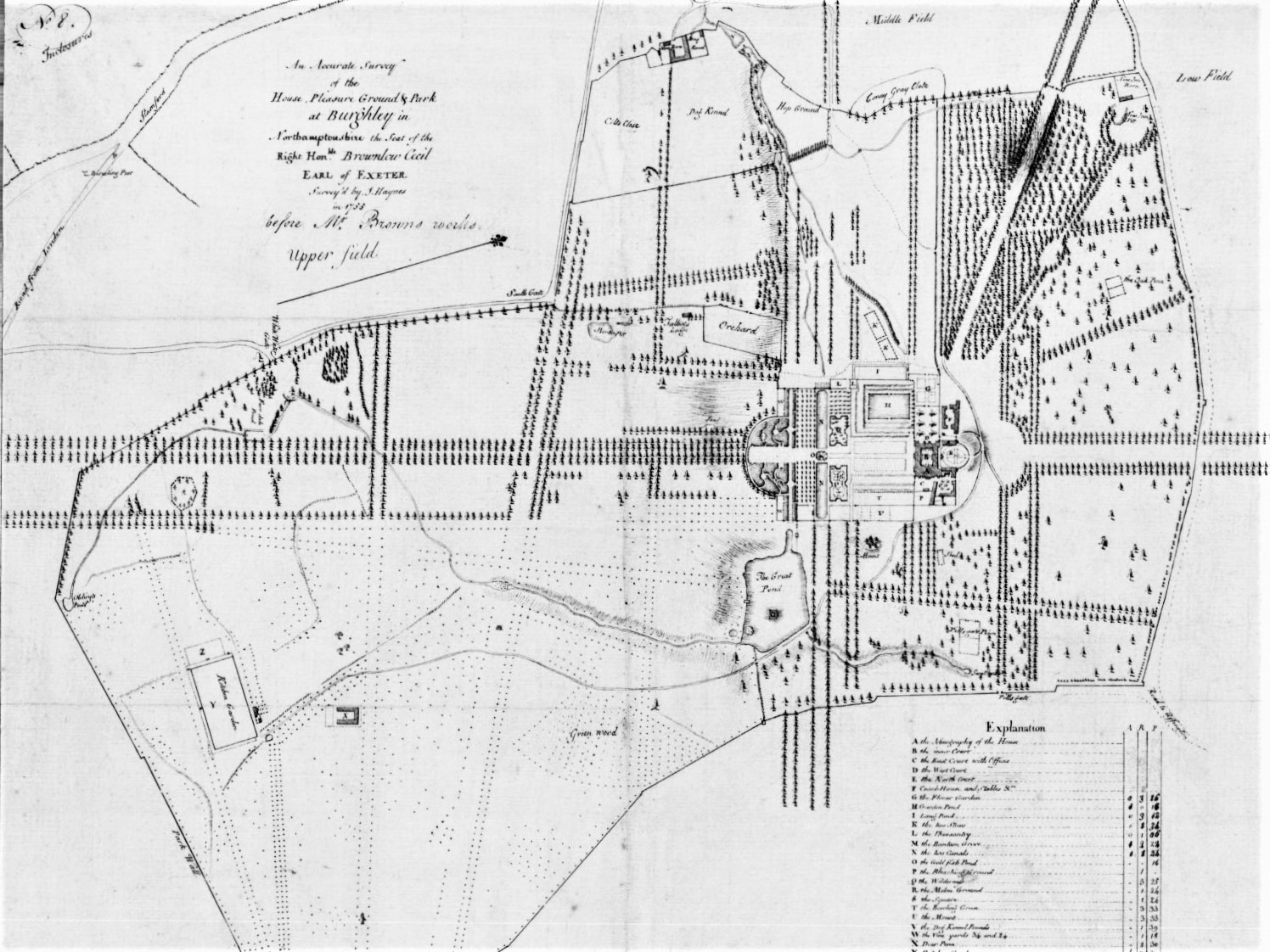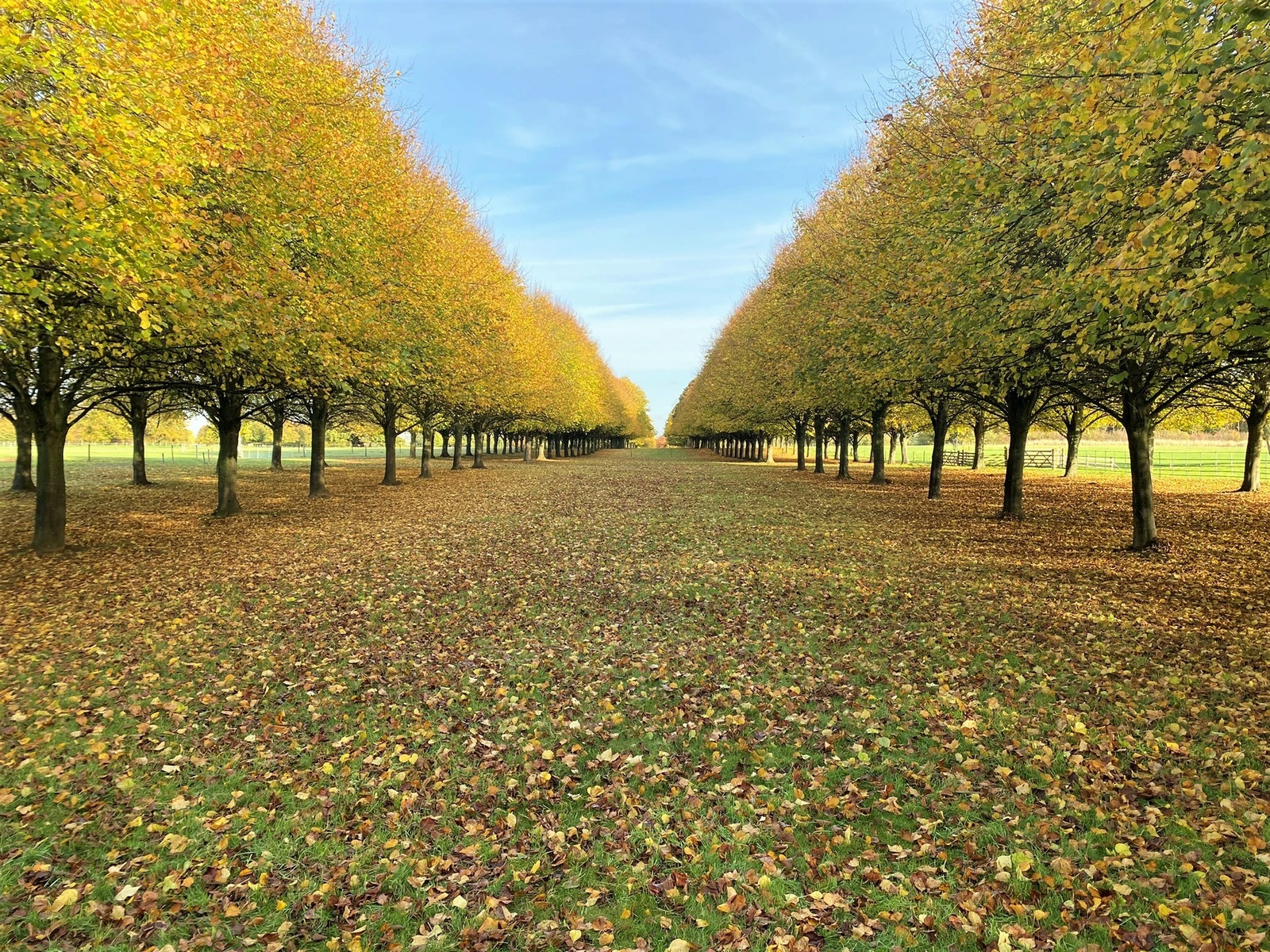
North Avenue Restoration Project
This November the Forestry Team will begin the felling and replanting of a section of trees in Burghley Park’s North Avenue. Restoration of the North Avenue commenced in 2003 as part of our ongoing preservation work to retain Burghley’s historic landscape whilst also carefully managing the many ancient trees in the Park.
The aged trees of North Avenue, which were planted in the 17th century, are losing wind firmness due to their height and over maturity. This puts them at high risk of falling down or dropping large branches, especially during strong winds. By taking action now we can mitigate this danger and ensure accurate landscape succession.

Plan showing London and Cooke landscape design
History of Parkland Landscape
Designed by some of the foremost landscapers of the past Burghley’s Parkland has been masterminded over hundreds of years. Between 1690 and 1702, esteemed landscapers, London and Cooke planted over 5000 trees in avenues radiating from Burghley House – a style very popular at that time (pictured).
Half a century later, between 1756 and 1779, Lancelot ‘Capability’ Brown’ was employed by the 9th Earl of Exeter to relandscape the Parkland creating the naturalistic landscape that can be seen today. Brown swept away most of the formal avenues but retained North Avenue, Queen Anne’s Avenue and Queen Elizabeth’s Avenue.
Queen Elizabeth’s Avenue was replanted in 1988 and Queen Anne’s Avenue between 1994 and 1997.
Replanting Method
The London and Cooke double row avenues were creating using Dutch clones of the Common Lime tree - the Pallida and Burghley or Hatfield Tall. The Pallida produces a proliferation of sweet-smelling flowers whilst the Tall Lime is a majestic, taller tree characterised by its straight trunk and scaffold branches. For the restoration the Tall Lime will be planted on the outside line and the Pallida Lime on the inside. Saplings propagated from these original London and Cooke avenue trees have been grown in layering beds by the Burghley Forestry Team for use in the replanting works.
As each old tree is felled the stump is ground out, the debris removed, and the hole filled with top soil in readiness for the new tree. The new planting is at exactly the same spacing as the original avenue.
The gradual felling and replanting process ensures a fully restored, historically correct Lime avenue will be established and will preserve the landscape legacy of Burghley Park for hundreds of years to come.

Queen Anne’s Avenue replanted 1994-1997


